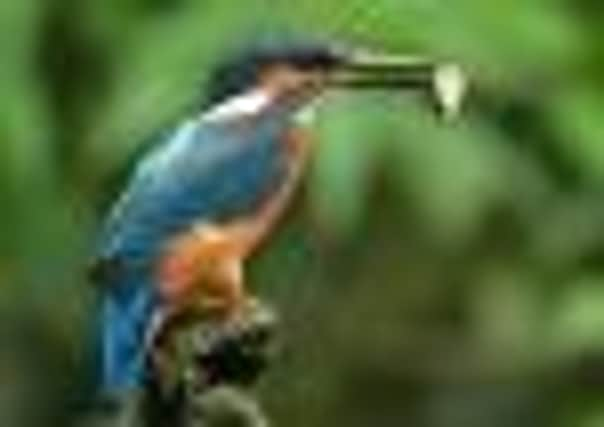Falls of Clyde Nature Notes


For example, the black and white striped faces of badgers, which are a regular at The Scottish Wildlife Trust’s Falls of Clyde reserve, act as a warning to other animals.
The bold stripes communicate a message of danger, letting other creatures know that, if necessary, a badger can be aggressive.
Advertisement
Hide AdAdvertisement
Hide AdAlthough insects see colours differently to human eyes, the varying colours and patterns of flowers advertise specific features to passing insects.
Like a well dressed shop window, flowers are an array of colours and patterns to help entice the right type of insect to pollinate them.
Sometimes, though, we are not necessarily seeing the true colours of nature. Take kingfishers. Well known for their dazzling blue tones of cobalt to turquoise, closer inspection of their feathers reveals they are not actually blue!
The real colour, so the pigment, of a kingfisher feather is a rather disappointing brown.
Advertisement
Hide AdAdvertisement
Hide AdCertain properties of light are responsible for the colour we actually see in a kingfisher feather.
The reason they look blue is because of the structure of the feather. Their construction interferes with light reflecting off the feather, meaning only colours from the blue end of the light spectrum are reflected back, so this is the colour we see.
The variety of blue colours we see is due to iridescence. Viewing a kingfisher at different angles causes different shades of blue to be seen.
This is because the light is reflecting off various levels in the feather. This means different frequencies of light and therefore different shades of blue are reflected back to our eyes.
For any enquiries, please contact the Falls of Clyde at [email protected] or call 01555 665262.